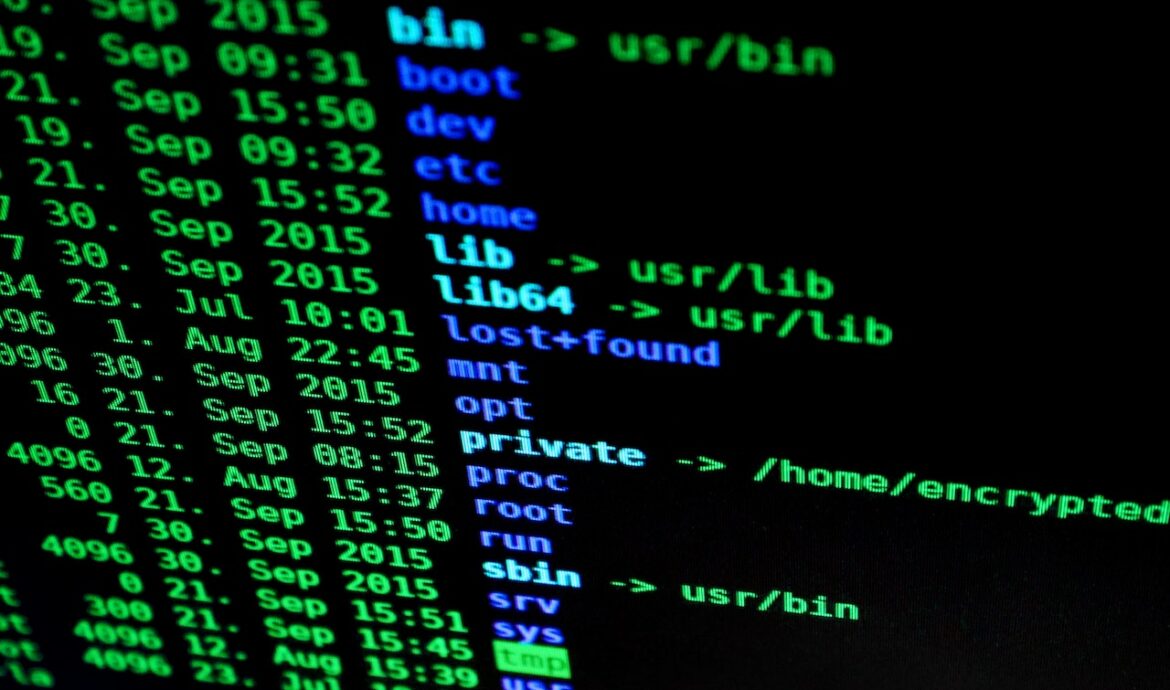What is zero security? Well, you’ll probably not be able to guess unless you’ve been living under a rock for the past couple of years. Zero security is simply a way of protecting your assets without having any passwords or keys in the first place.
That’s right: no passwords or keys means no passwords or keys needed to get into your account! Sounds crazy, right? The truth is that this system has been around since before computers were even invented. It’s called cryptography, and it’s one of the most important technological advances in human history.
What Is Zero Security?
Zero Trust is an approach to security that recognizes that the cloud and mobile devices have made it impossible for traditional network boundaries to protect data. Zero Trust focuses on identity and access at the endpoint, regardless of whether it’s a laptop, tablet or smartphone—and regardless of whether it belongs to an employee or a contractor.
Because employees are using more devices than ever before, IT teams need access controls that work across all endpoints. Zero Trust looks at each endpoint as its own unique entity rather than as part of some larger network segment or device class. As such, Zero Trust requires minimal controls on endpoints (such as antivirus software) because these minimal controls can’t protect against all threats anyway.
Software solution experts Micro Focus say, “It is a network that functions on the philosophy that, because attackers can be found both within and without the network, no identity should be automatically granted access.”
Why Do You Need Zero Security?
The reason why you need zero security on your computers comes down to one simple fact: people are bad at making passwords! They make them too easy for others to guess or break into using brute force methods like dictionary attacks or rainbow tables (these require large amounts of computing power).
So if someone else gets their hands on one of these weakly-protected accounts, they can quickly figure out what we’re doing online with minimal effort – which could lead them straight into your bank accounts!
How Does It Work?
Zero-knowledge proofs are a high-level security protocol that uses a decentralized system, a consensus mechanism and proof of work. The most common proof of work protocol is the SHA-256 algorithm used on Bitcoin. Ethereum’s Proof of Stake is another common consensus and security protocol using smart contracts to verify transactions.
Going Back to the Beginning
Zero security is not a new idea; it’s just one that has been forgotten. In fact, it’s older than the internet itself.
Computer scientist John McCarthy developed the concept of zero security in 1959 when he designed the first computer to use artificial intelligence. The machine was known as LISP (list processing language) and used a system called Garbage Collection to identify and erase unwanted objects from memory so that only useful objects could remain.
This process of identifying what should be kept in memory is also applied to users who were granted access to certain parts of the system based on their role or skillset.
The bottom line is that zero security is a very useful tool for businesses and individuals. It’s also a great way to protect yourself against cybercrime. If you have any questions about this topic or other services, don’t hesitate to take help from experts!






